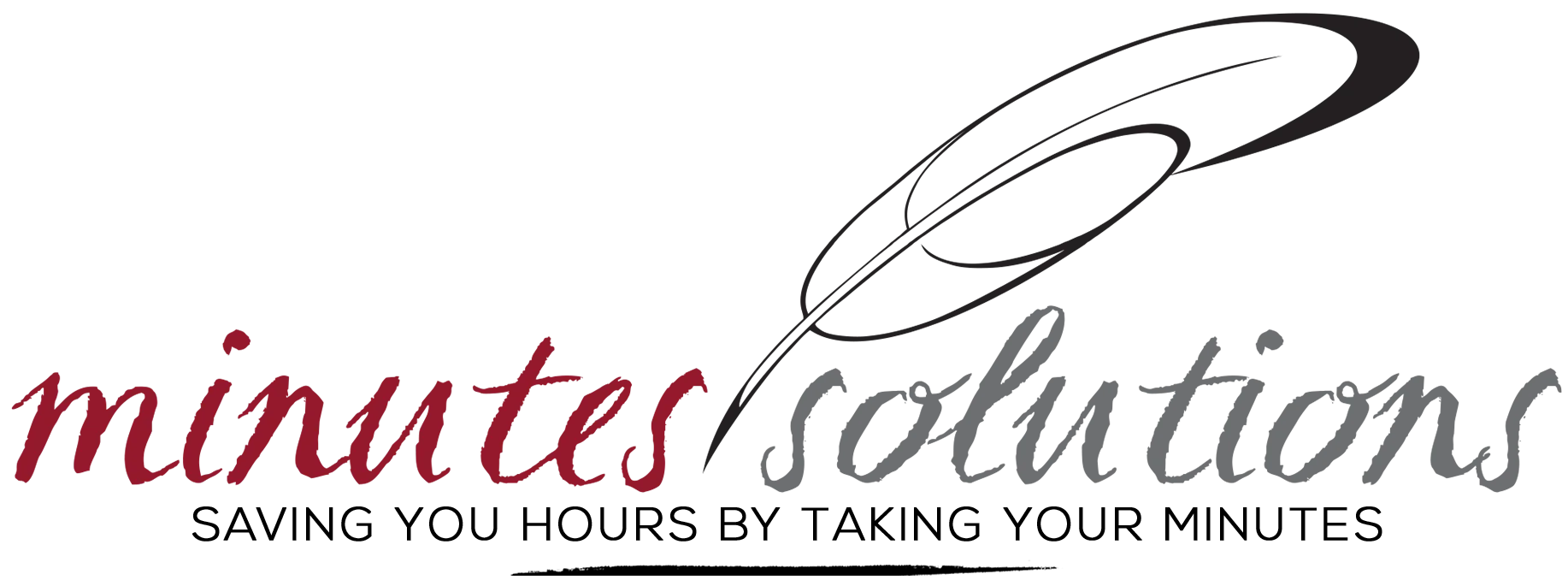Ever been in a meeting that was called about a certain topic, only to find that some completely irrelevant tangent ends up dominating the discussion?
A critical tool for keeping a meeting productive and on track is the often-underestimated agenda. Preparation is key to crafting a clear, defined road map that sets the framework for an efficient and functional meeting, even if the dynamic isn’t particularly harmonious.
If a board doesn’t use an agenda for its meeting, or relies on one that isn’t well thought out, it can end up having a wide-ranging, aimless discussion that achieves nothing.
The following steps show how to craft a good agenda that will mitigate redundant conversations and poor time management in meetings and ensure the group gets to the point quickly and stays focused.
1. Define the goal
Before putting down the first agenda item, answer this question: “What do we want to accomplish at this meeting?”
The person drafting the agenda should understand the priority of each topic to be discussed and develop a hierarchy of points that need to be covered to build a strong skeleton for the meeting. Reviewing the previous minutes in advance is a good practice as there may be subjects that are carried over from one meeting to the next. This gives the agenda a clear direction.
2. Everything has its time
In an ideal world, every topic can be discussed effectively during a meeting. The reality is: the longer the meeting, the greater the chance of attendees losing focus. Pick subjects for the agenda that require planning or action soon, not far down the road. For example, a discussion about snow removal next winter might not get on the agenda for a May meeting, whereas cleaning a parking garage or outdoor pool maintenance should make it on if decisions are required more imminently.
Suggesting a time limit beside each topic reminds participants they must keep their comments concise and relevant in order for the meeting to adjourn on time.
3. Drafting the agenda
When actually writing the agenda, topics should be outlined clearly and succinctly and can be listed in order of priority. Much like a concise resume, an agenda should be no more than one page. This sets the tone for the meeting — too many topics from the get-go can seem overwhelming.
Of course, there are standard items that should be on every agenda, such as:
- Who the meeting is for (organization name)
- Date/time/location
- Call to order
- Approval of agenda
- Date/time of next meeting
- Termination
The content between these headings is what is most important in creating an agenda that will deliver the desired outcome of a board meeting. For example, if one objective is to review the manager’s report, then “Management Report Review” should be one of the headings, with subtopics below. Subtopics act as an agenda within an agenda and add clarity and direction.
A good agenda is futile if nobody enforces it. The meeting chair should use the agenda as a roadmap and, if conversations stray off-topic, it is the chair’s duty to get everyone back on track. Long meetings can be costly and ineffective, and an agenda can act as the first checkpoint to ensure meetings stay on course.
The goal of a meeting is to reach outcomes and decide tasks or next steps. With a good agenda and someone to enforce it, the meeting has a much better chance of being efficient and successful.

